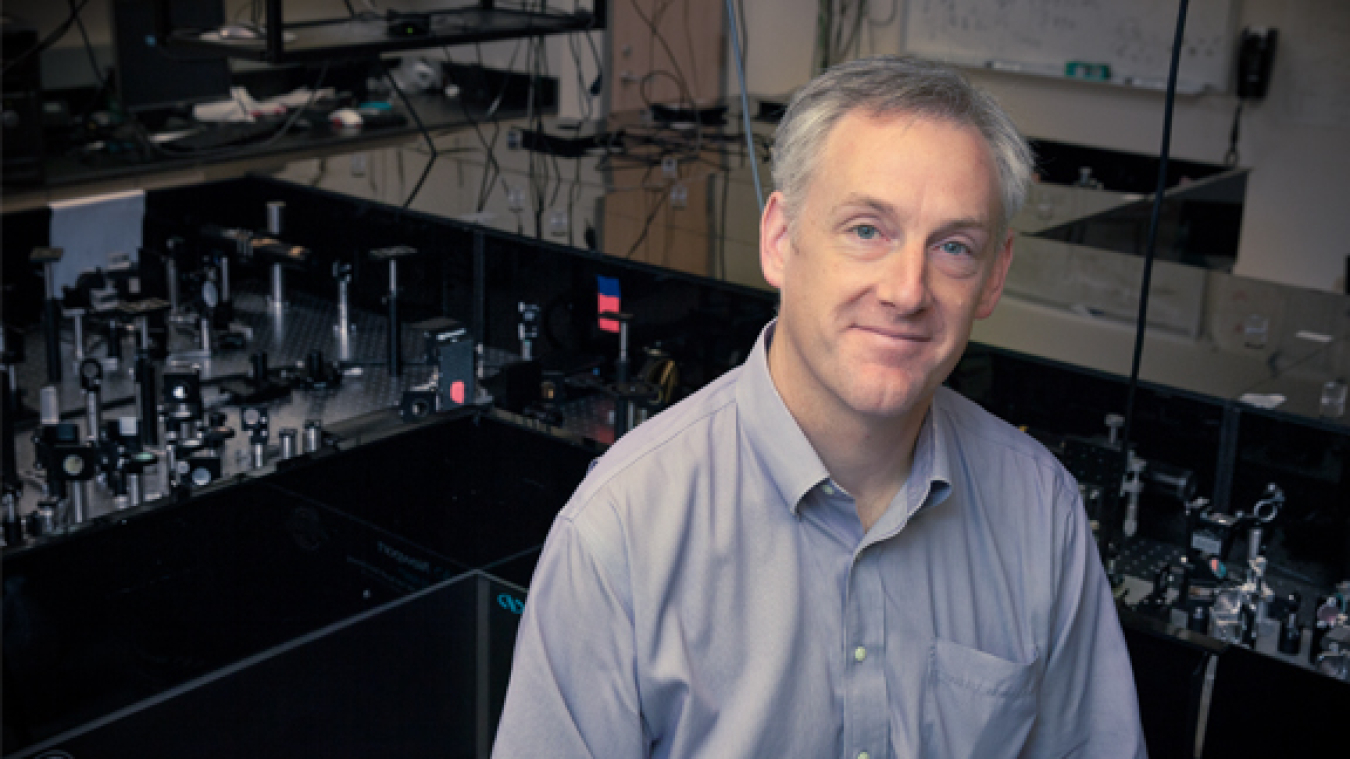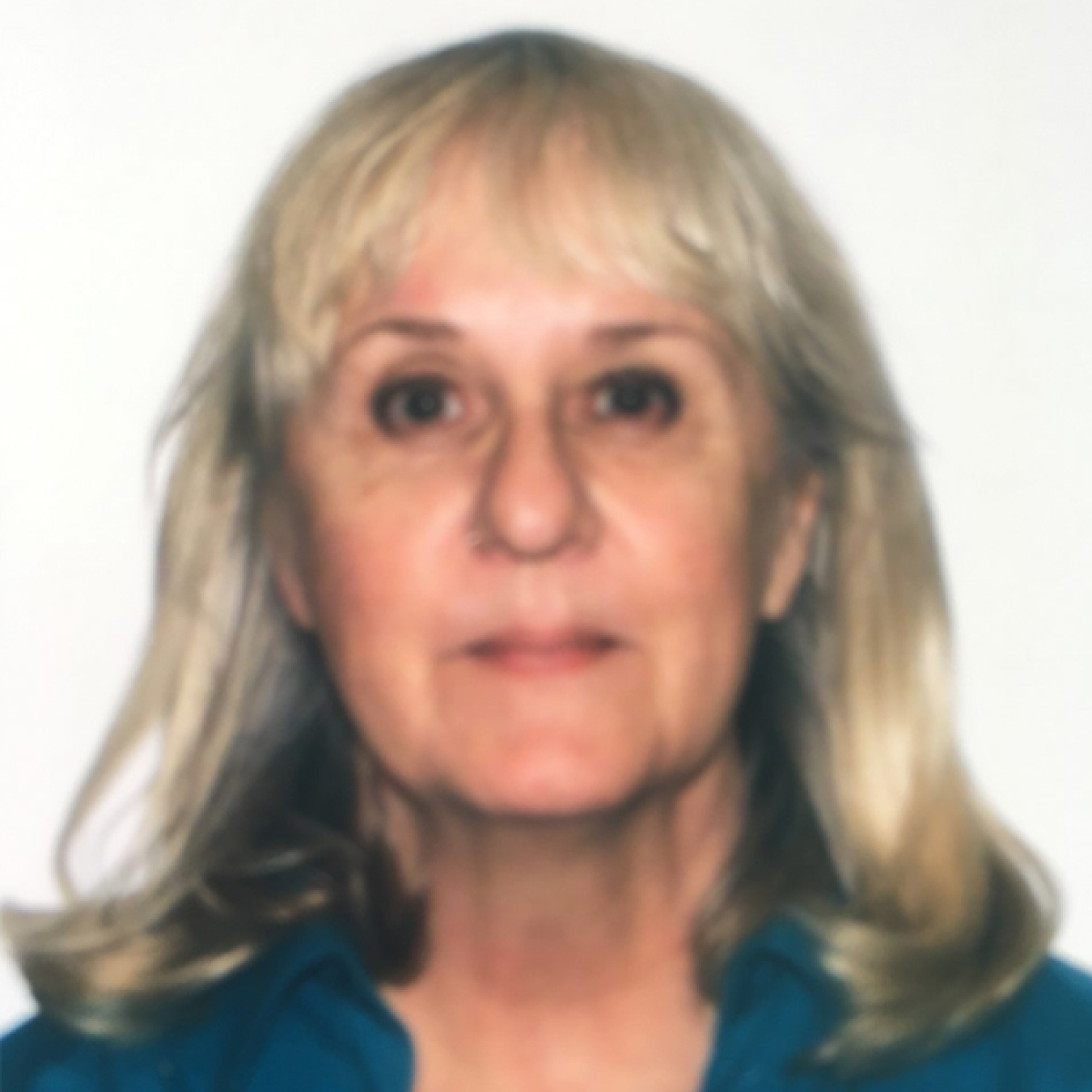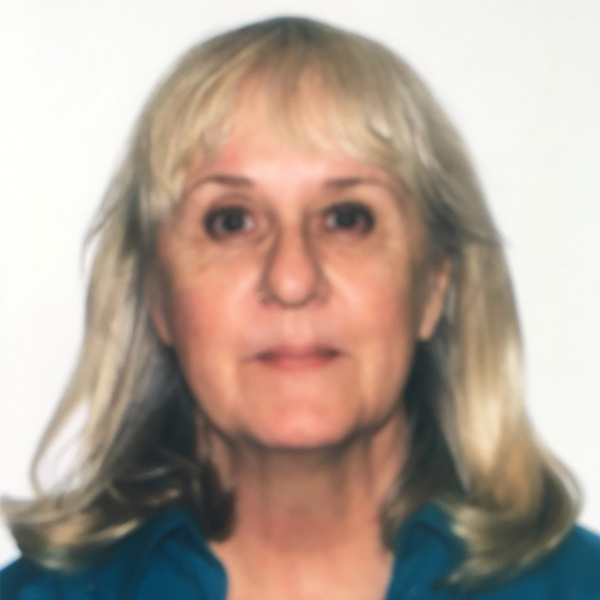Kelly Gaffney is the director of the Stanford Synchrotron Radiation Lightsource.
January 18, 2017
Kelly Gaffney was the director of the Stanford Synchrotron Radiation Lightsource from 2014-2019.
This is a series of profiles on the directors of the user facilities funded by the Department of Energy Office of Science. These are the scientists who lead a variety of research institutions that provide researchers with the most advanced tools of modern science including accelerators, colliders, supercomputers, light sources and neutron sources, as well as facilities for studying the nano world, the environment, and the atmosphere.
Meet the director:
"One of the wonderful things about a new job is you learn a lot about yourself," says Kelly Gaffney. "It became clear to me quite quickly why it made sense for me to take the job; having this role really clarified what I care most about." Gaffney is the director of the Stanford Synchrotron Radiation Lightsource (SSRL), one of the five light source user facilities of the Department of Energy (DOE) Office of Science. "I believe in science, I believe in service, and I believe in people. And our facility is a great way to fulfill those beliefs in parallel."
The director's background:
"There was some hard work," says Gaffney, "and some good fortune." After finishing his Ph.D. in chemistry at University of California-Berkeley, Gaffney ended up in 2003 at SLAC National Accelerator Laboratory (SLAC) as a junior faculty member where both his knowledge of X-rays and responsibilities grew. Now he is considered one of the world's leading experts in using femtosecond x-ray pulses – ultrashort, intense pulses – to study chemical bonds. "The reason I came to SLAC is for the science it enables." Gaffney was a good fit; by August 2014 he had advanced to the position of Associate Laboratory Director and director of the SSRL.
As director, "the majority of time I spend on science is different than I did before. That part is a good 30%; like most scientists - there is a lot of time spent making sure you get the details correct. Then there is the substantive administrative part as well," says Gaffney. "But I view my job as a scientific job and as a leadership job. The SSRL is a facility that must do science; it must evolve and change to do the best job possible doing science and using the taxpayers' money."
The Facility:
The SSRL is located on the SLAC campus and is one of five light sources stewarded by the U.S. DOE Office of Science. It is a storage-ring based synchrotron light source with a circumference of 240 meters – about the length of two and a half football fields.
The x-rays generated by a synchrotron light source are a very powerful tool for seeing into matter. The various instruments at the facility providing different advanced scientific research capabilities can be compared to a Swiss army knife; it has many different tools. So that scientists can understand why matter behaves as it does, the SSRL Swiss army knife is designed to deconstruct matter into its atomic constituents and then reconstruct it.
The SLAC campus is unique in that it hosts two Office of Science user facilities. In addition to the SSRL, the SLAC laboratory also has the Linac Coherent Light Source (LCLS) user facility – a hard x-ray free electron laser facility. "We have both an x-ray laser (LCLS) and an x-ray synchrotron on site (SSRL) – so SLAC is unique in the science that can be done here. There are occasions when experiments move from one facility to another to progress," says Gaffney. "We have 1600 people come each year and use our facility. And this leads to 500 to 600 publications each year and almost 100 Ph.Ds. [dissertations]. So we play an integral role in training the scientists of the future."
Typical day at the SSRL:
"We have 130 staff members that have an enormous diversity of jobs – administrative services to physicists, chemists, biologists, engineers, technicians. It is an organization with the purpose to facilitate the U.S. scientific community. Our role is one of assistance," explains Gaffney. "We also drive independent science, but with the long term goal of serving the research needs of the U.S. and international community to come and do science here. We do everything from science and technology to help researchers get housing when they are here."
Gaffney occasionally leads a public tour of the user facility. "I would pick one of those [experiment] stories and we go to the place in the facility where that work was done and talk about the technology that made it possible to extract that info. The goal is to make the work concrete – something about seeing it and witnessing it to make it less abstract."
His favorite part of the job is planning for tomorrow. "Thinking about what we should do next – scientifically – based on what we do now and what we will do in the future."
Typical experiments at the SSRL:
Researchers at the SSRL recently studied the flu virus and current vaccines. A flu virus is a chameleon, undergoing rapid genetic changes. One year a flu vaccine works and the next season, the same vaccine doesn't. Researchers and doctors sprint to develop a new, appropriate flu vaccine every year. The high resolution images obtained at the SSRL showed a constant location on multiple different viruses that a vaccine could bind to, opening the path to a possible universal vaccine by targeting that same unchanging location.
A second recent experiment examined the charging and discharging states of lithium ion batteries, the standard power source for our portable devices. When a battery is recharging, the electrode expands and shrinks and the materials struggle to do this, undergoing enormous stress. Eventually the battery is no longer rechargeable. What if we could keep a battery forever? The SSRL has been able to image this shrinking and expansion, giving detailed information that may help scientists design a better battery.
Best advice for a future director at the SSRL:
"What is important about SSRL, it meets the needs of the U.S. in basic and applied research. The taxpayers' money is precious," says Gaffney. "There are enormous pressures and needs. We need to hold ourselves to that standard – the standard of service".
In Fiscal Year 2021, our 28 user facilities welcomed more than 33,000 researchers from academia, industry, and government research enterprises from all 50 states and the District of Columbia to perform scientific research. For details on the individual Office of Science User Facilities, please go to https://science.osti.gov/User-Facilities/User-Facilities-at-a-Glance.
Please go to Profiles of User Facilities Directors to read more articles on the directors for the Office of Science user facilities.
The Office of Science is the single largest supporter of basic research in the physical sciences in the United States and is working to address some of the most pressing challenges of our time. For more information, please visit the Office of Science website.
Sandra Allen McLean

Sandra Allen McLean (sandra.mclean@science.doe.gov) is a communications specialist for the Office of Science in the Office of Communications and Public Affairs. Sandra is responsible for identifying, curating, or creating lay-language content about Office of Science-funded research for DOE web sites, popular and trade media, and stakeholder education. She researches and writes the historical Milestone Tweets for the office Twitter account @DOEScience.
Sandra holds an associate degree in American Sign Language interpreting, a bachelor’s in science journalism and biology, and a master’s in Information Sciences. Her hobbies are sewing – especially costumes! – and lesesucht, compounded by extreme tsundoku.


